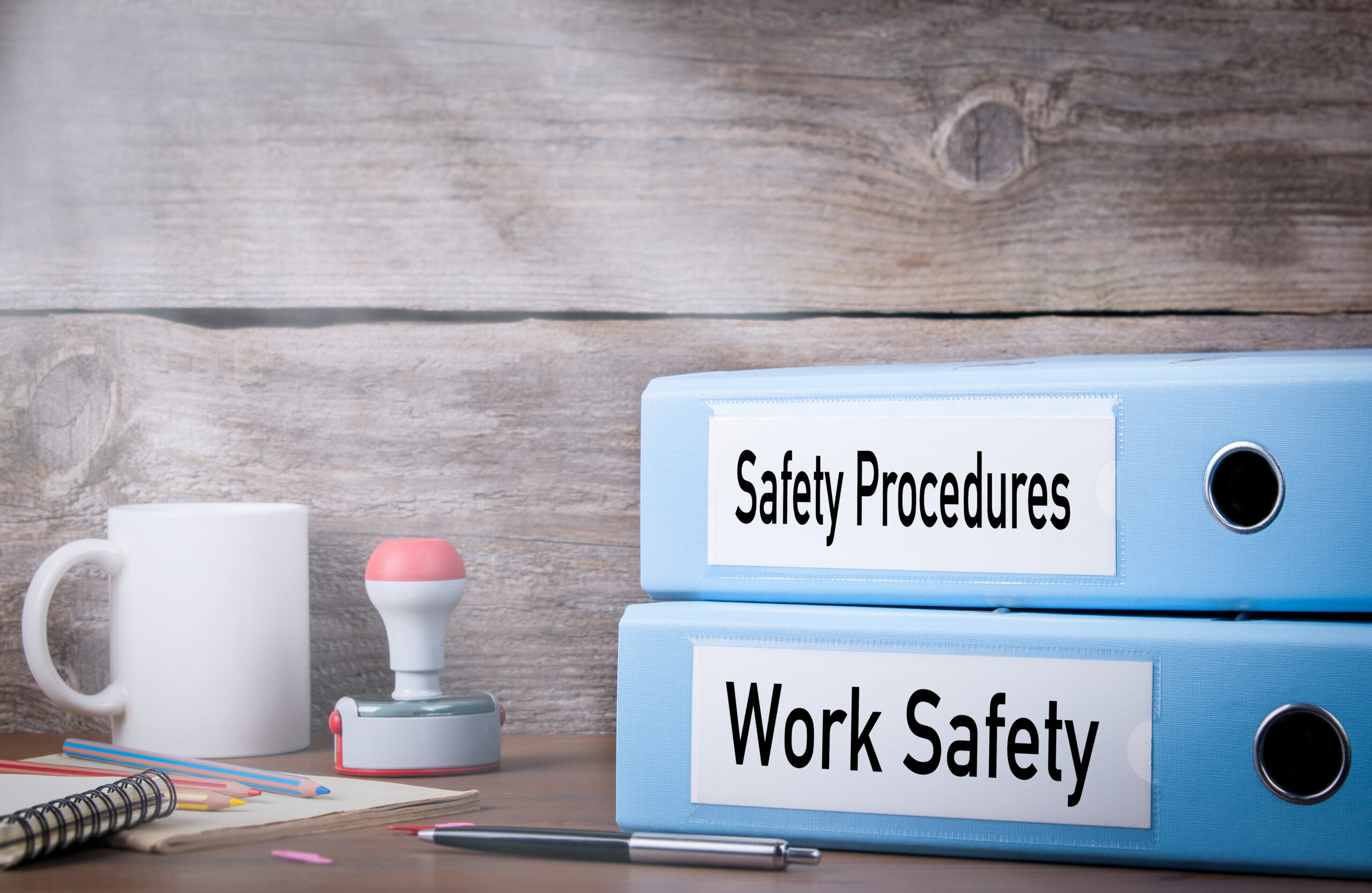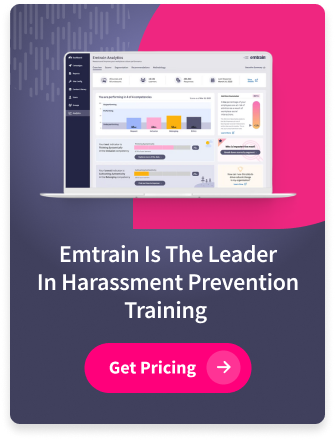Workplace conflict is a reality in every organization. Differences in communication styles, competing priorities, or misunderstandings can easily turn into disputes if left unaddressed. While conflict isn’t always negative—it can spark creativity and highlight needed change—unresolved issues often damage workplace culture, reduce productivity, and harm employee relationships.
The key is knowing how to spot the early signs of workplace conflict and intervening before it escalates. By understanding what conflict looks like in action, leaders and employees can better navigate challenges and maintain a respectful, collaborative environment.
Common Signs of Workplace Conflict
Conflict in the workplace isn’t always loud arguments or obvious disagreements. More often, it appears in subtle ways that impact team dynamics. Here are some red flags to look out for:
1. Changes in Communication
One of the earliest indicators of conflict is a shift in workplace communication. If employees stop speaking directly with one another, rely heavily on email instead of face-to-face conversations, or use an unusually curt or passive-aggressive tone, it may signal underlying tension.
2. Decline in Collaboration
When workplace issues arise, employees in conflict often avoid working together. This can lead to missed deadlines, slower project progress, and overall breakdowns in teamwork. Managers should watch for a drop in collaboration as an early warning sign.
3. Increased Absenteeism or Withdrawal
Employees engaged in unresolved disputes may withdraw socially, avoid meetings, or call in sick more often. This behavior can indicate stress or discomfort linked to workplace dynamics.
4. Complaints and Gossip
An uptick in employee complaints or office gossip is another sign of conflict. Instead of addressing issues directly, employees may express their frustrations informally, which can fuel negativity and damage workplace culture.
5. Visible Tension
Sometimes conflict shows up in more obvious ways—raised voices during meetings, visible frustration, or body language such as eye-rolling or avoiding eye contact. These outward signs should not be ignored.
Why Spotting Conflict Matters
Unchecked employee disputes don’t just affect those involved—they ripple through the entire organization. They can lower morale, decrease productivity, and even drive top talent away. By identifying conflict early, managers can step in with conflict resolution strategies that promote healthy dialogue and restore trust.
Steps to Address and Manage Conflict at Work
Once workplace conflict is identified, leaders can use proactive conflict resolution strategies to keep disputes from escalating. These include:
- Encouraging open dialogue: Create safe spaces for employees to share their perspectives.
- Practicing active listening: Ensure all parties feel heard before solutions are proposed.
- Mediating disputes: Neutral third-party intervention can help guide constructive conversations.
- Providing conflict resolution training: Ongoing education helps employees develop skills to navigate workplace dynamics effectively.
Building a Culture That Prevents Conflict
Workplace conflict is inevitable, but organizations that foster strong workplace communication and psychological safety can prevent many disputes from escalating. Clear policies, respectful leadership, and employee HR compliance training on managing conflict at work all contribute to a healthier, more inclusive workplace.
By spotting conflict early and addressing it with empathy and structure, organizations can transform challenges into opportunities for growth.








